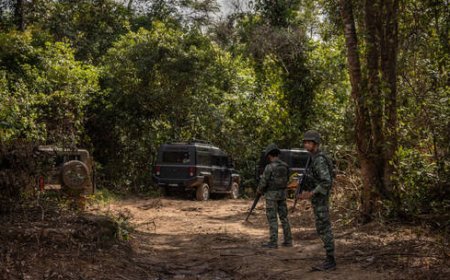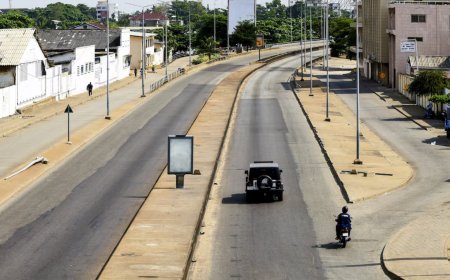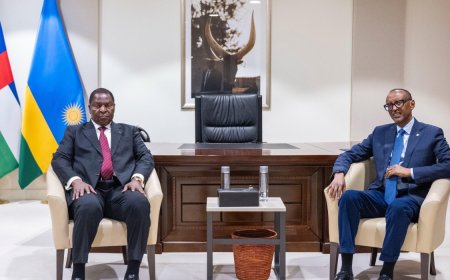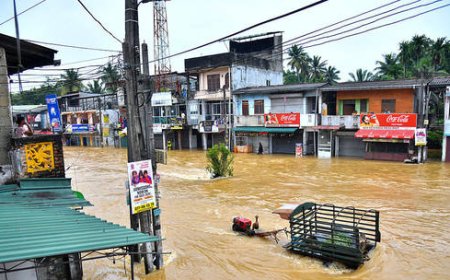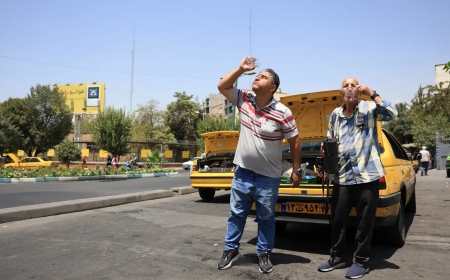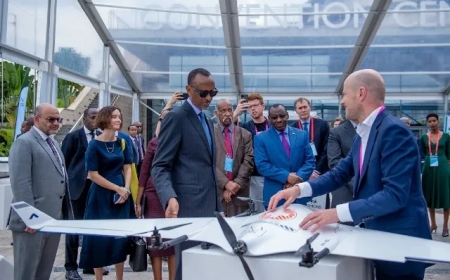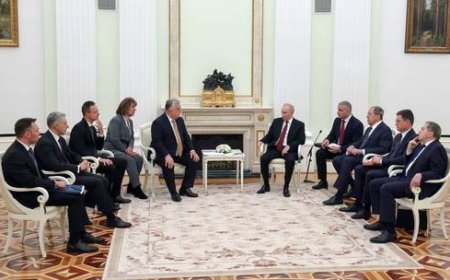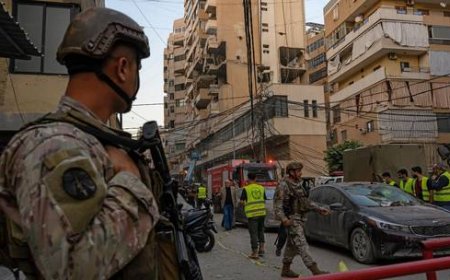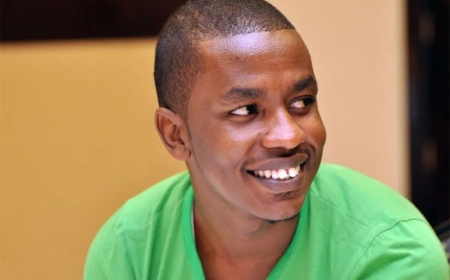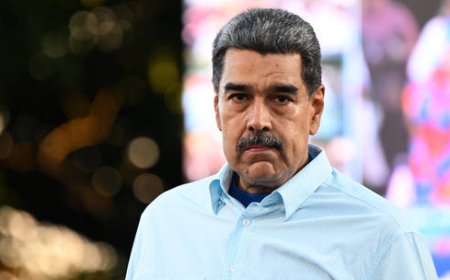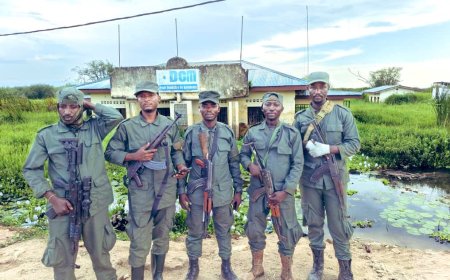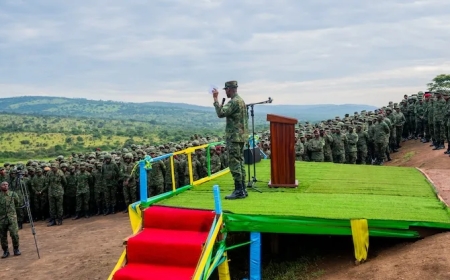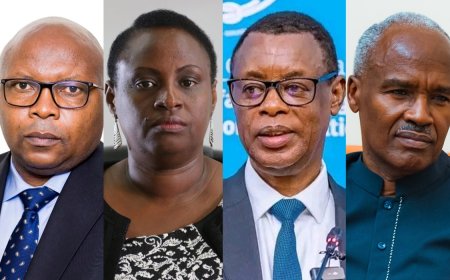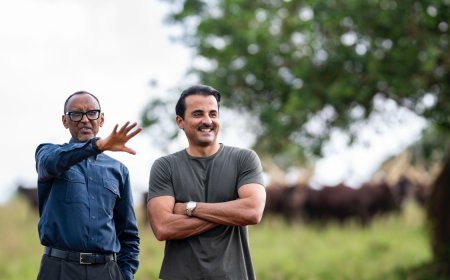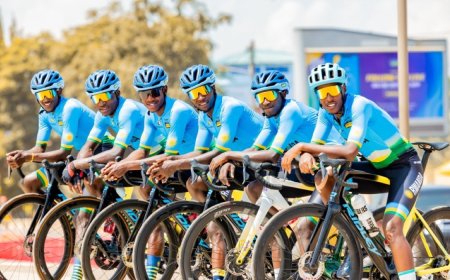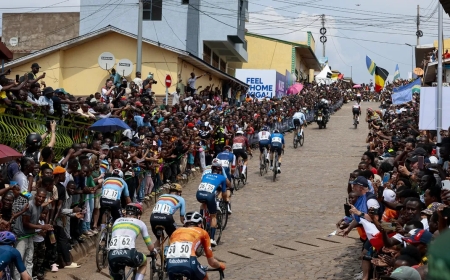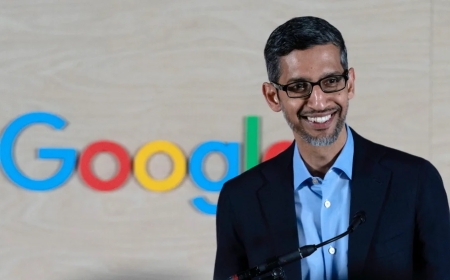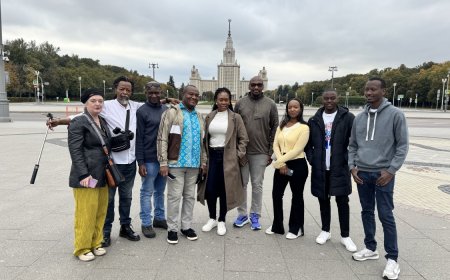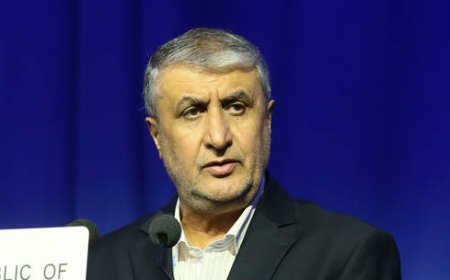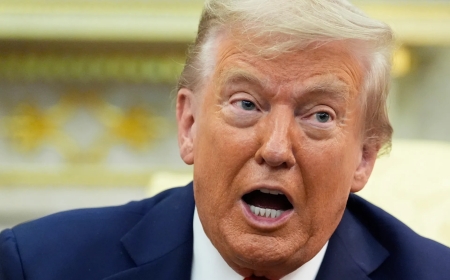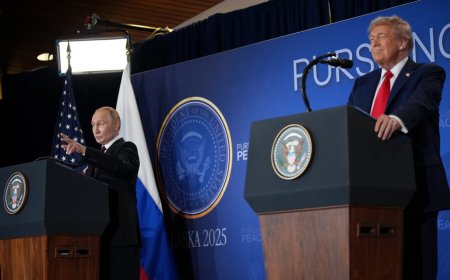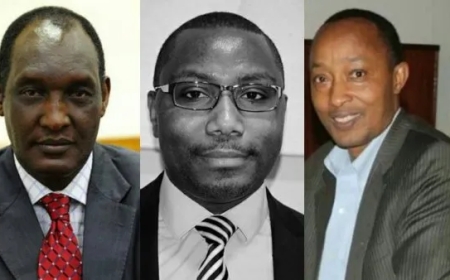Rwanda needs Rwf430bn to scale internet coverage, says ICT minister
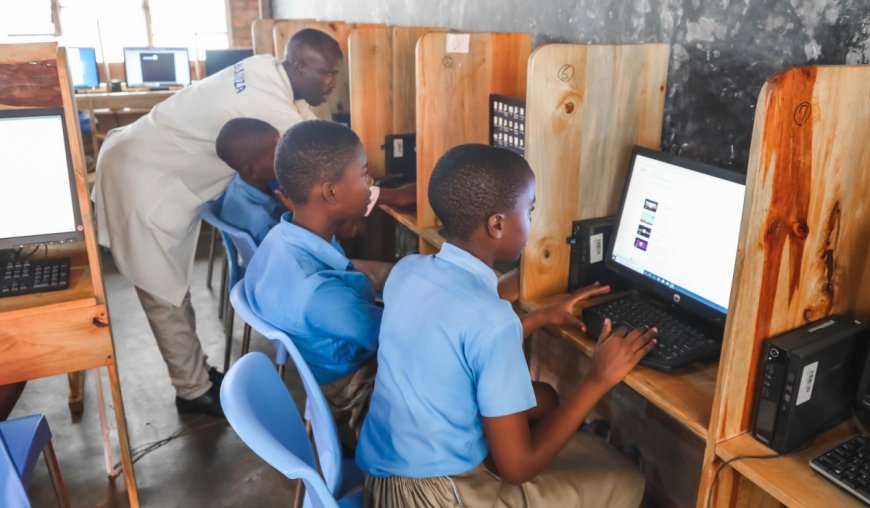
The Rwandan government is seeking at least $300 million (approx. Rwf432 billion) to install new telecom towers in a bid to close the country’s internet coverage gap, according to the Ministry of ICT and Innovation.
Currently, Rwanda's internet coverage stands at 83 per cent, leaving 17 per cent of the population without access.
According to the Minister of ICT and Innovation, Paula Ingabire, the existing internet deficit is mainly observed in rural and sparsely populated areas.
While speaking about issues of limited internet connectivity affecting service delivery on Tuesday, November 4, Ingabire told the Chamber of Deputies that reaching approximately 97 per cent internet coverage would require the installation of 720 to 800 additional towers.
To attain full national coverage and ensure consistent, high-quality internet access, the country would need to add about 2,500 new towers to the existing 1,700, at an estimated cost of $300 million.
The matter was raised by MPs following their assessment conducted between May 28 and June 8, which aimed to evaluate the use of technology in public service delivery at the grassroots level.
MPs expressed concerns over limited internet access in several regions and inconsistent connectivity where coverage exists, noting that frequent disruptions hinder timely delivery of digital services. They also cited inadequate system capacity to manage growing service demands, particularly in agriculture, education, health, and taxation.
Other issues included inefficiencies in the land administration information system, poor integration among digital platforms, limited access to mobile devices, low digital literacy, and the predominance of English-only online services, which restricts accessibility for many citizens.
“The main challenge lies in the nature of our hilly and mountainous terrain,” Minister Ingabire explained. “We identified the need for 720 to 800 additional cell towers to reach at least 97 per cent coverage, not because we are unwilling to achieve full coverage, but because reaching 100 per cent would require over 2,500 towers on top of the existing 1,700.”
“In such conditions, even investors would struggle to realize a return on investment for the remaining per cent gap. That’s why we are prioritizing the 97 per cent target for now, leaving the uninhabited and water-covered areas for later phases.”
The issue of internet connectivity has also been reflected in the recent Rwanda Governance Scorecard (RGS), an annual report that assesses governance performance across key sectors. In the 12th edition launched on October 31, service delivery through ICT pillar scored 66.90 per cent overall.
This score is based on several sub-indicators, including citizen satisfaction with Irembo services (87.40 per cent), satisfaction with online court case filings (79 per cent), electronic payment transactions with mobile money (79.40 per cent), satisfaction with radio communication (77.70 per cent), and the percentage of government services fully digitized (11 per cent).
By comparison, the previous scorecard recorded a slightly higher overall ICT service delivery score of 67.13 per cent, with satisfaction levels of 89.60 per cent for Irembo services, 73.50 per cent for online court cases, 60.30 per cent for mobile phone use, 59.80 per cent for ICT in education, 94.20 per cent for electronic payments, 24.40 per cent for internet connectivity, and 68.10 per cent for radio communication.
These trends indicate progress in certain areas, while highlighting persistent gaps, particularly in full digitization and internet access.
Speaking about initiatives to close the connectivity gap, Ingabire explained that telecom companies have the capacity to deploy at least 220 more towers under their current operational licenses.
"This means that closing the remaining gap of over 500 towers requires efforts beyond the capacity of existing telecommunication companies,” she said.
“To address this, the government has taken steps to support connectivity in areas where companies are reluctant to invest due to potential losses. Specifically, a fund has been established using four per cent of annual revenues from telecom companies, which is injected into projects aimed at expanding communication infrastructure in underserved areas.”
She noted that the fund, alongside other ongoing initiatives, has already contributed significantly to infrastructure development, supporting the installation of 233 towers since 2019.
When asked about how long it would take to fully close the connectivity gap, the minister said, “If the country secures the necessary investment, it will take no more than three years to close the gap by installing the necessary towers.”
“This issue is being prioritized among the government’s urgent funding needs.”
